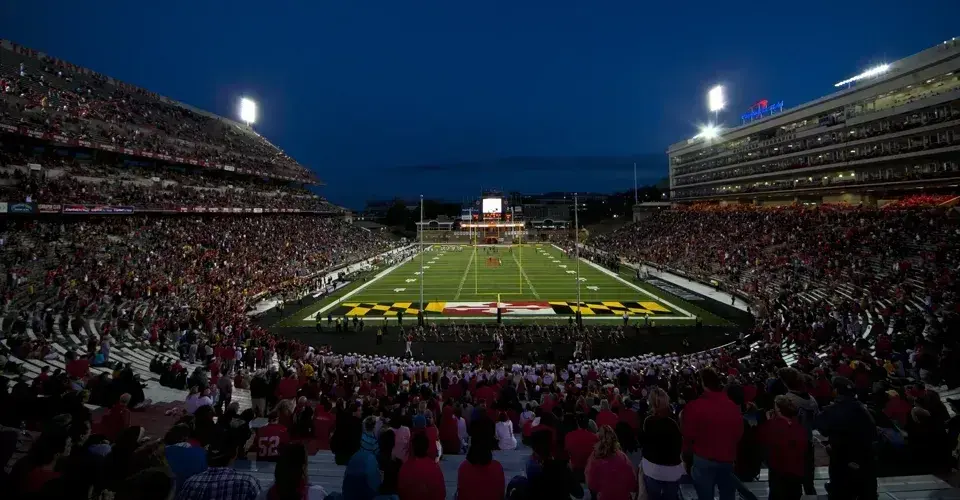Namesake’s Place in UMD History Prompted Discussion on Diversity
By Lauren Brown | photo by John T. ConsoliByrd Stadium will no longer bear the name of the UMD president and alumnus credited with transforming the small agricultural college into a modern university—a man who was also a committed segregationist.
The University of Maryland System Board of Regents, following the recommendation of President Wallace Loh, voted 12–5 in December to change the football stadium’s name to Maryland Stadium and to instead memorialize the accomplishments of Harry Clifton “Curley” Byrd in one of the university’s libraries.
“You can’t rewrite history, but that’s not what I believe we are talking about doing,” Regent Louise Michaux Gonzales ’71 said at the emotional board meeting. “What we are doing is rebalancing honor.”
The change was among several at Maryland last semester to honor the contributions and sacrifices of African Americans and to take a proactive role in the national discussion about diversity and inclusion on college campuses.
In October, the university unveiled Frederick Douglass Square on Hornbake Plaza, featuring a dramatic 7 1/2-foot statue of the Maryland native, abolitionist and orator. The Art/Sociology Building was renamed a month later for Parren Mitchell, a former congressman and civil rights leader who in 1952 became the first African American to earn a graduate degree from UMD.
Mitchell had sued for admission to the university, where Byrd fought integration for decades and defended a “separate but equal” stance on education.
Byrd was an outsize figure on campus for nearly 50 years. He graduated in 1908 as a star quarterback and pitcher, then returned just two years later to become football coach. He was promoted to athletics director, vice president, then president, a position he held from 1936–54.
He combined the Maryland Agricultural College with the professional schools in Baltimore to create the University of Maryland, and after World War II dramatically expanded the size of the campus, overseeing construction of more than 60 buildings, including Main Administration, Memorial Chapel and the football stadium. The latter was named for him when completed in 1950.
Loh convened a workgroup earlier in the fall to provide arguments for and against renaming the stadium, and in his letter to the regents, noted Byrd’s foundational role at the university. But he also wrote that during this time of racial tensions nationwide, “Byrd Stadium” is for African Americans a “painful reminder that a generation ago they were unwelcome on this campus.”
Loh will also launch the “Maryland Dialogues on Diversity and Community” this semester to bridge differences and encourage open discussion on issues of inclusion.
“How we understand the past may change,” he noted, “but the facts should not.”
Issue
Winter 2016